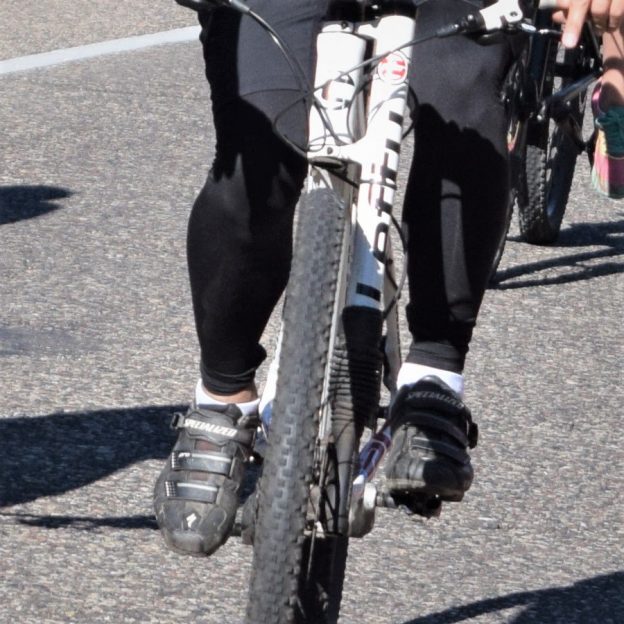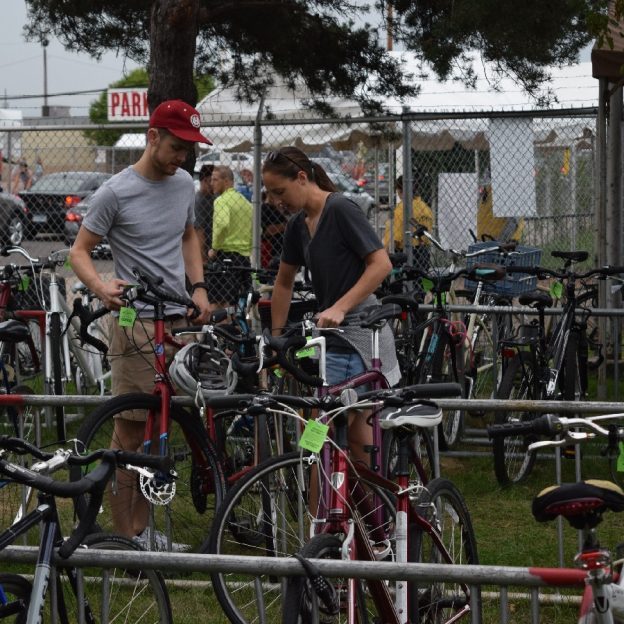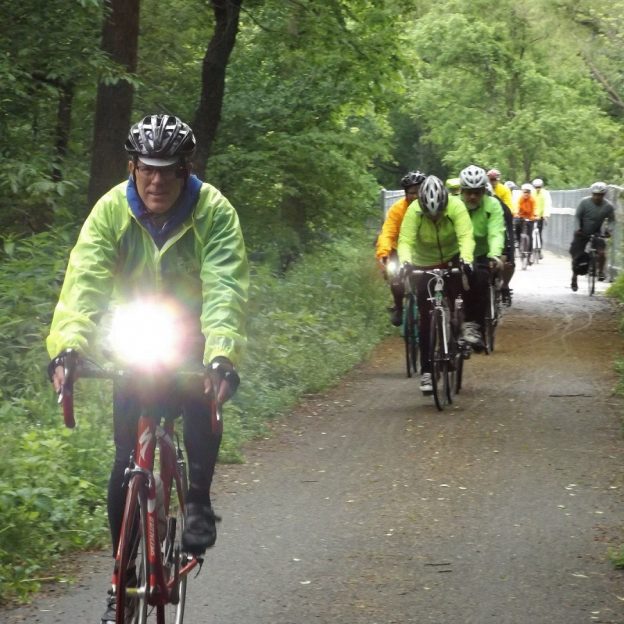Product Category: Accessorize Your Bike
-
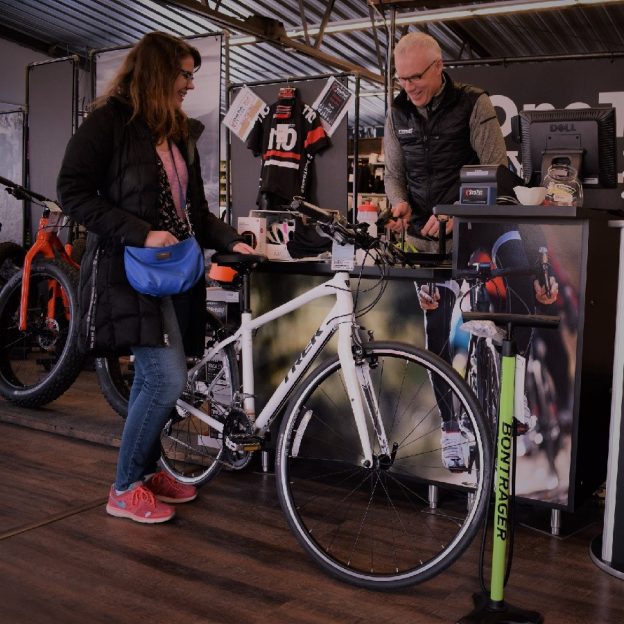
Bike accessories to make you more comfortable, efficient and informed
—
by
Congratulations, you bought a new bike! Few things are as fun as “new bike day” but don’t let all that excitement get the best of you. For every new bike there are bike accessories you should consider getting. While all you really need to get out there and be safe is a bike and helmet,…
-
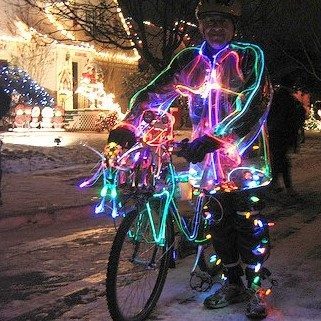
Dynamo Light: How They Work and Why They Are So Dependable
—
by
Being visible is paramount to staying safe while riding and there are many different types of lights available in the market. Read on to learn how dynamo systems work, and why they are so dependable and environmentally-friendly.
-

The Importance of Visibility Doesn’t End When the Sun Comes Up
—
by
Being visible to others while riding your bike is the key to avoiding accidents. While most people focus on night time visibility, far more hours on the bike are spent under the sun. Here are a few tips to keep you safe and visible all day.
-

Trying Clipless Pedals, A Beginner’s Guide That Equals Comfort
When riding a bicycle, there is a simple equation that always holds true – control = comfort. In the quest for more control of your bicycle, few things are as effective as clipless pedals and cycling shoes. Read on to see how easy it is to learn to ride “clipless.”

